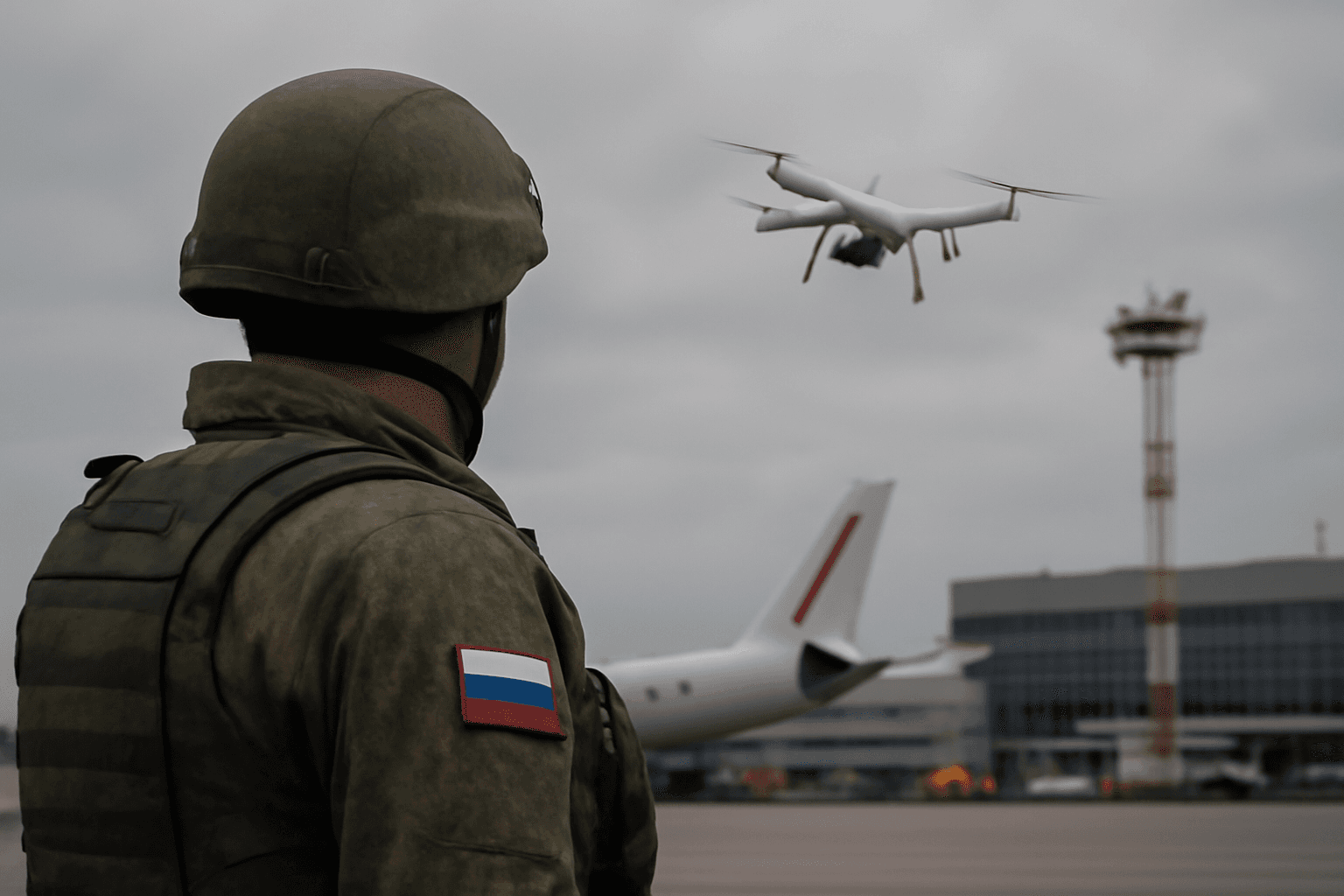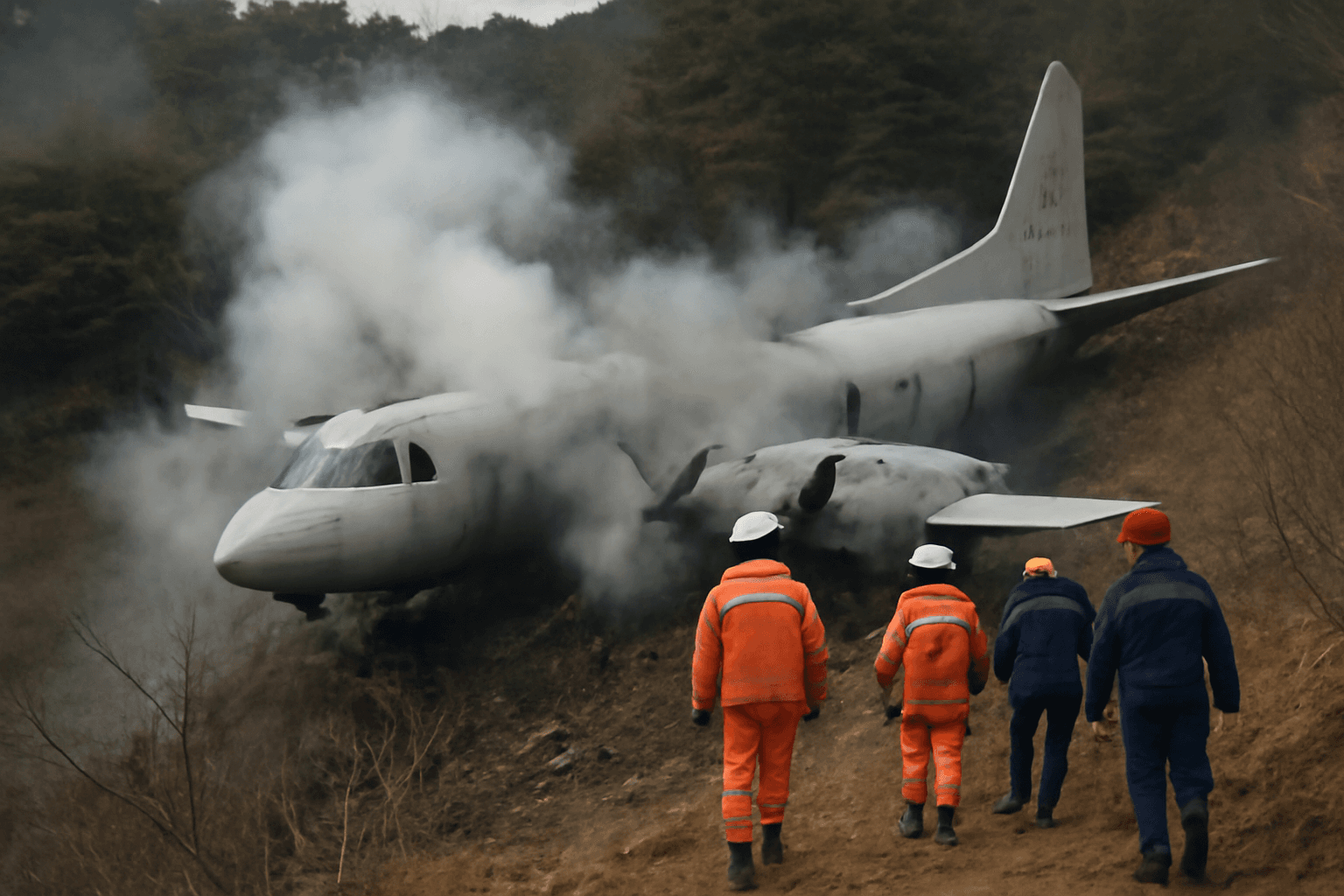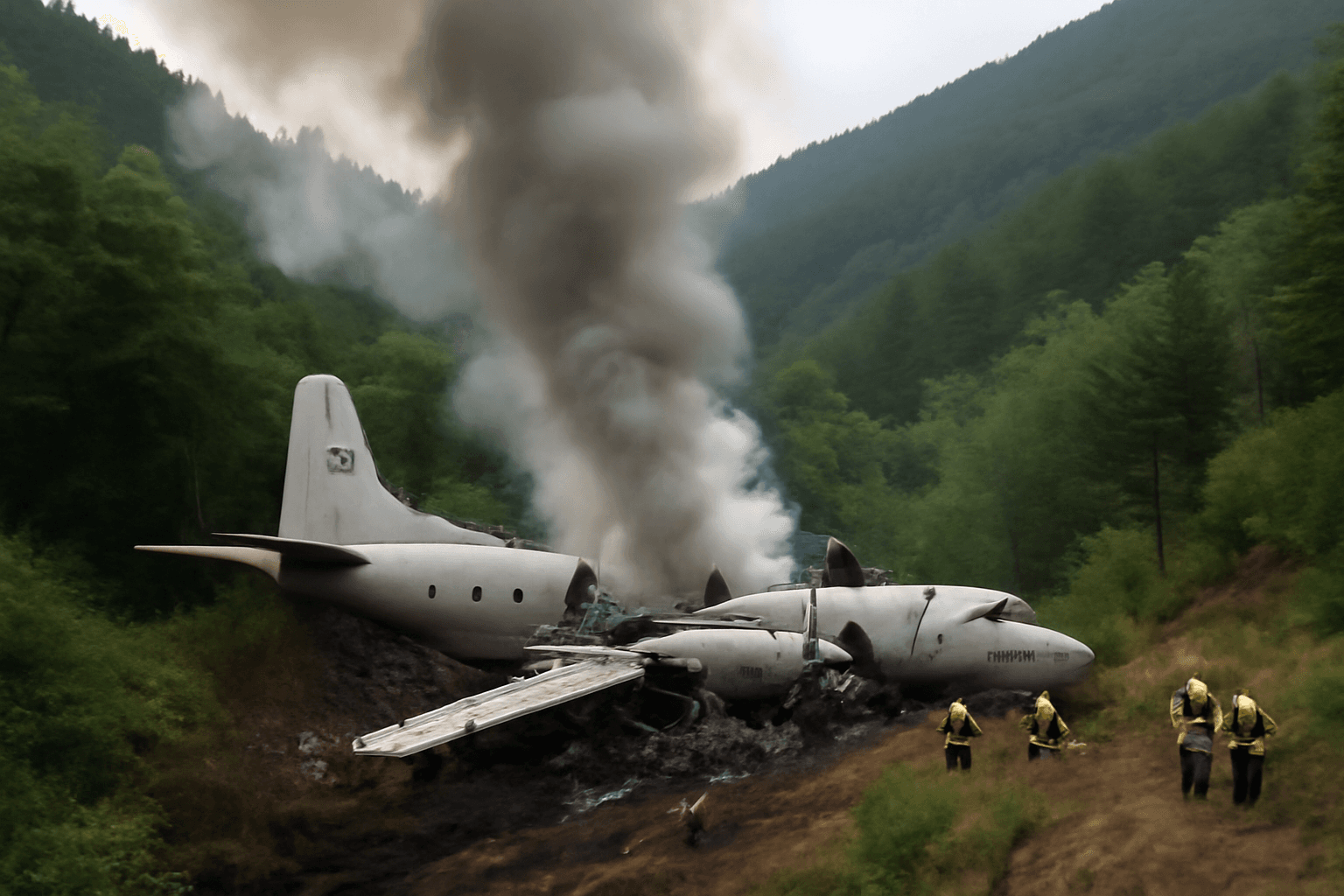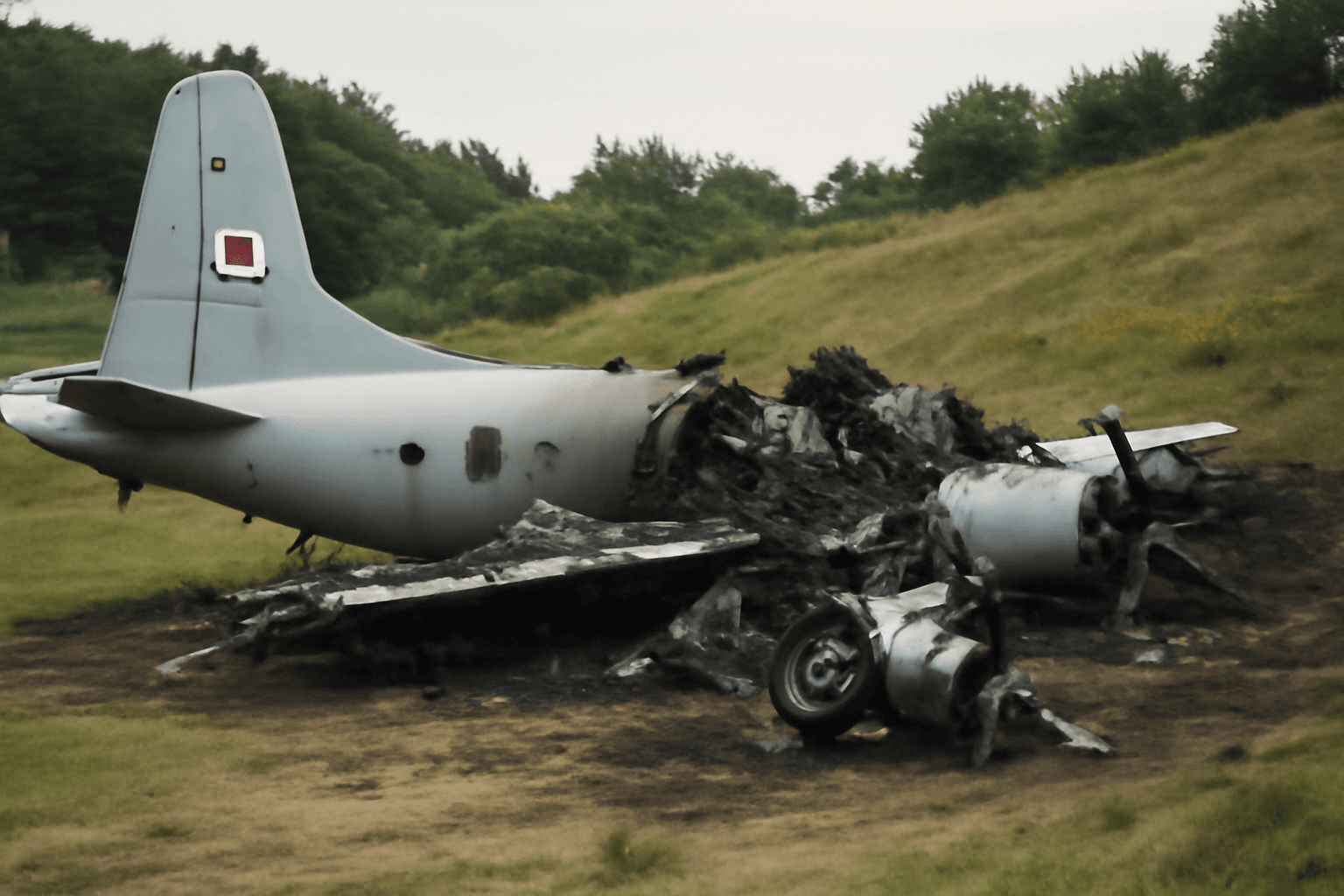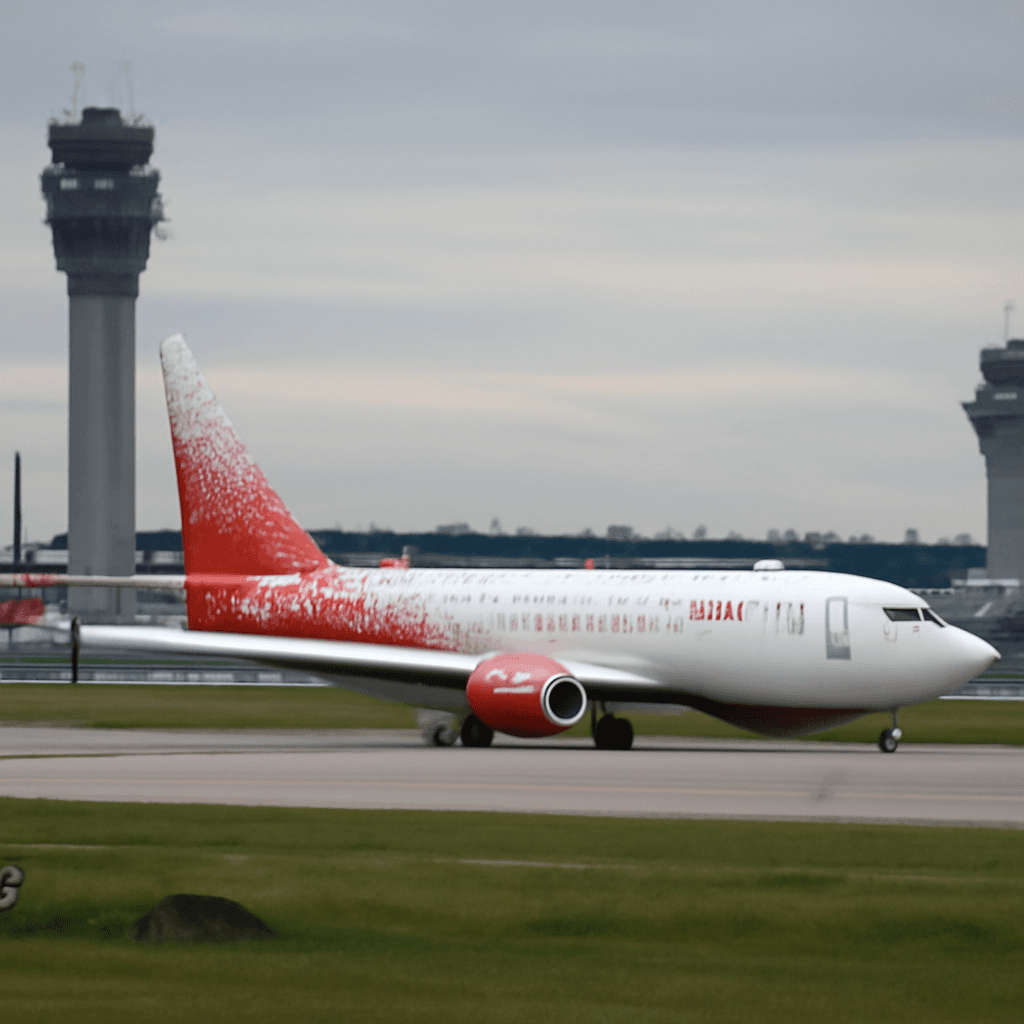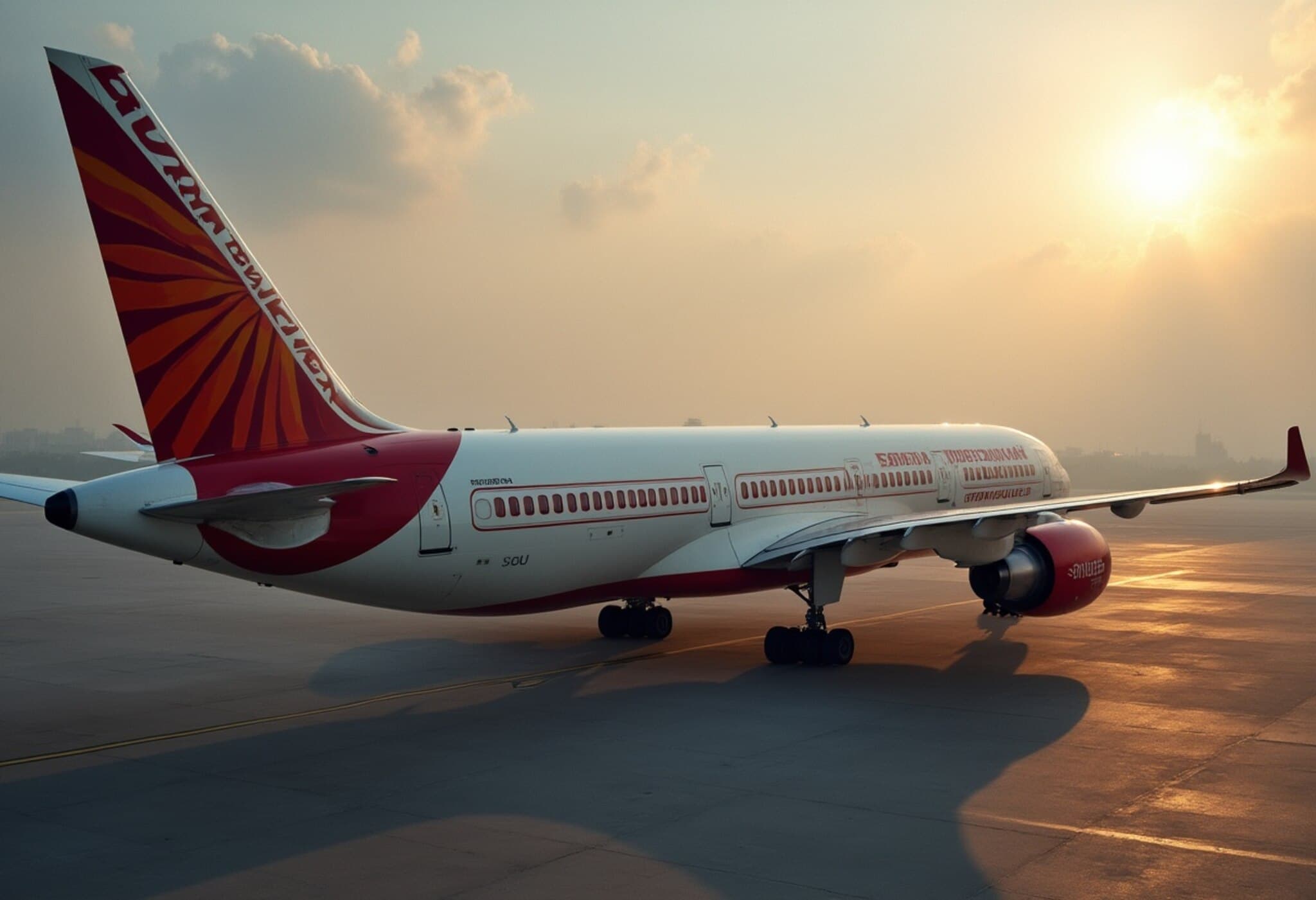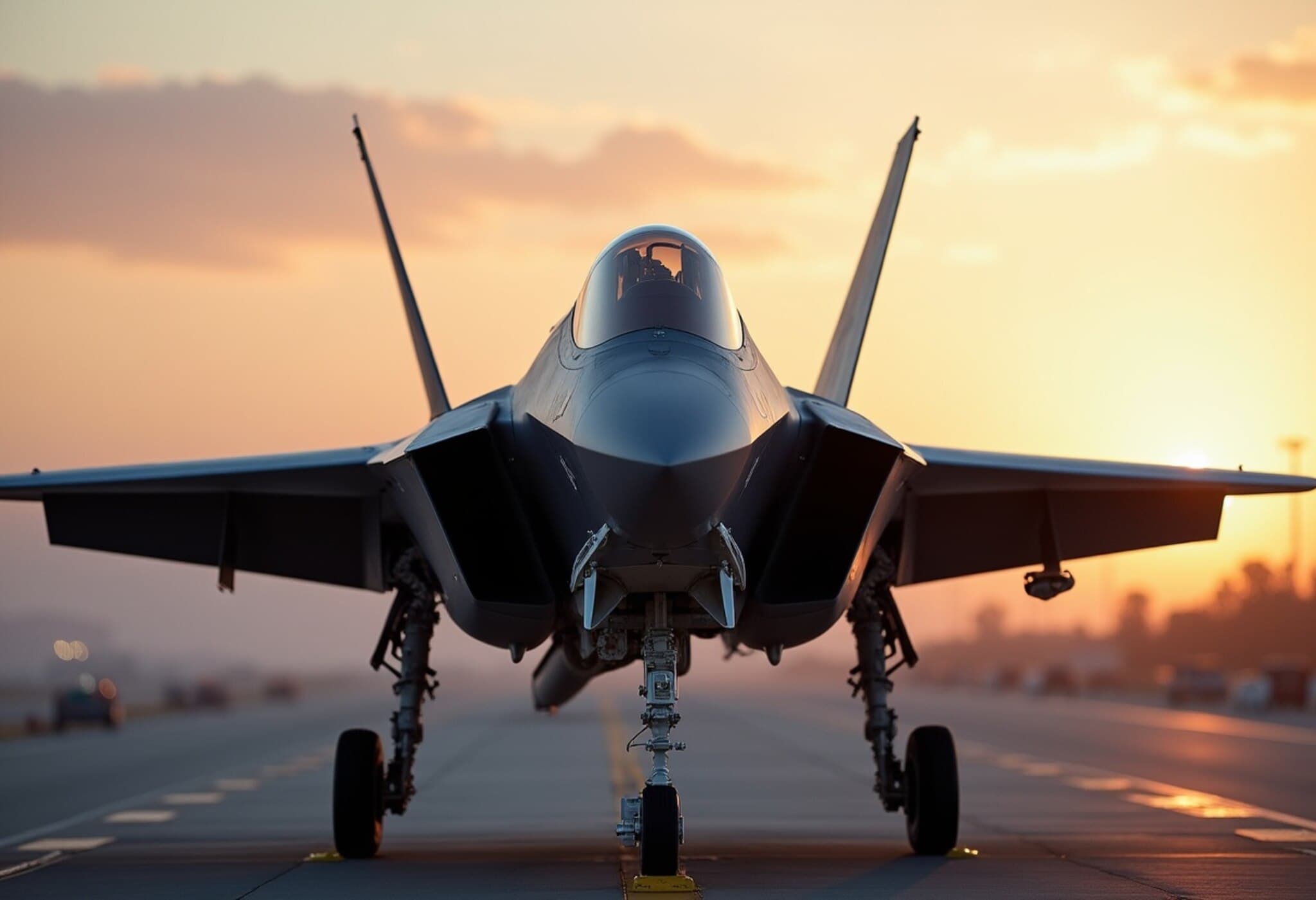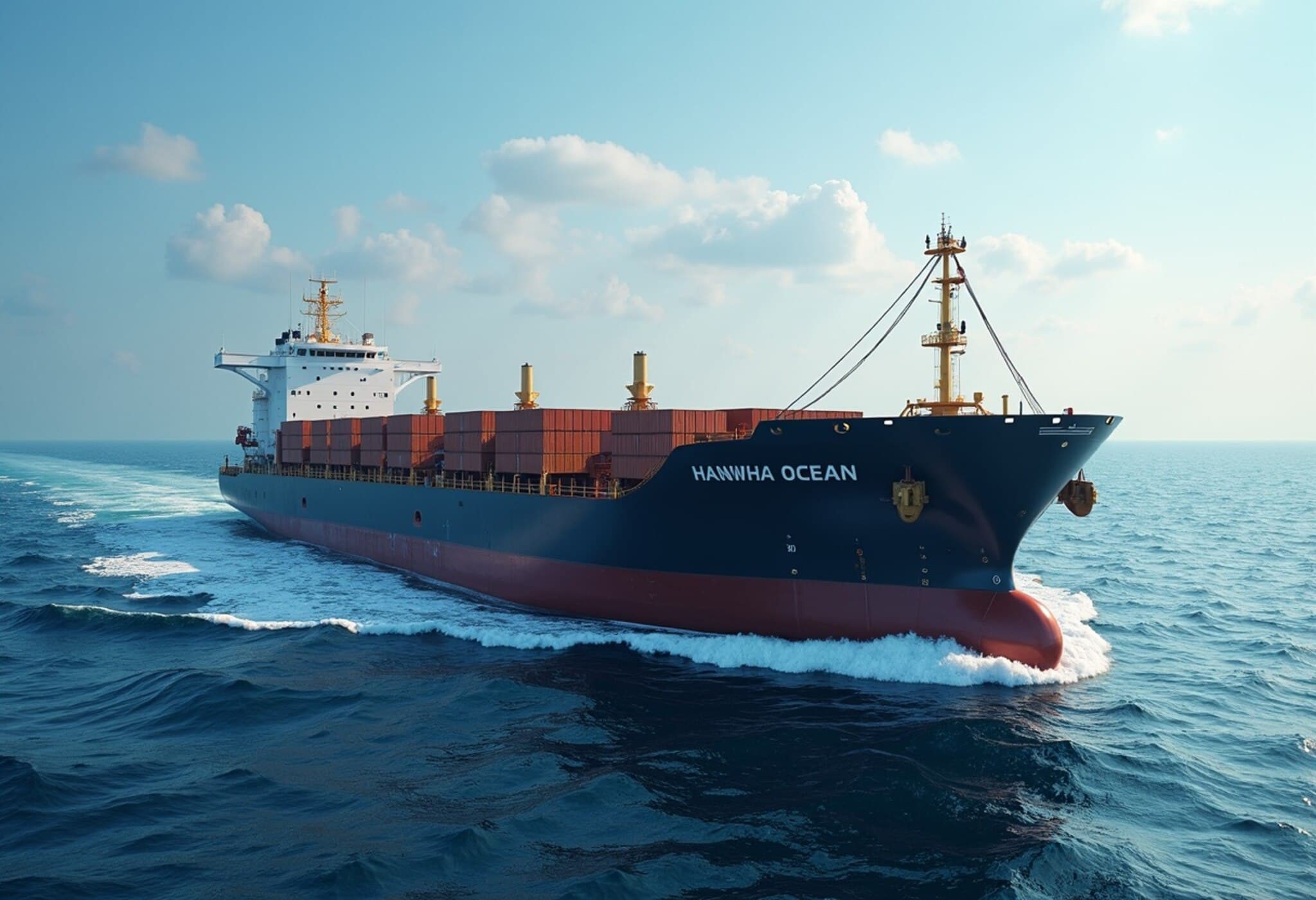Severe Turbulence Forces Emergency Diversion of Delta Flight DL56 to Minneapolis
On July 30, 2025, Delta Airlines Flight DL56, en route from Salt Lake City to Amsterdam, encountered violent turbulence that resulted in injuries to 25 people onboard. The Airbus A330-900 was forced to divert to Minneapolis–Saint Paul International Airport (MSP) for emergency medical assistance.
Details of the Incident and Response
The flight carried a total of 288 individuals, including 275 passengers and 13 crew members. The aircraft experienced sudden, severe turbulence in flight, causing passengers and crew to be unsettled, some sustaining injuries. The pilot promptly decided to reroute the flight for safety reasons and to ensure swift medical treatment.
Landing safely at MSP around 7:25 pm local time, the plane was met by the Minneapolis-Saint Paul Airport Fire Department and paramedics, who provided immediate medical assistance. Of the 25 injured, all were transported to local hospitals for evaluation and care. According to Delta’s official statement, the airline expresses gratitude for the support of emergency responders and is closely monitoring the situation.
Understanding Turbulence and Passenger Safety Measures
Turbulence is an unpredictable challenge in aviation, particularly significant when severe. According to the National Transportation Safety Board (NTSB) in the United States, severe turbulence causes vertical acceleration forces greater than 1.5g, enough to lift unbuckled passengers out of their seats, often resulting in injury.
In the U.S. alone, over 200 severe turbulence-related injuries have been officially recorded since 2009, a number that some researchers believe is increasing due to shifting climate patterns impacting atmospheric stability.
Why Are Turbulence Incidents Rising?
Experts point toward climate change as a potential amplifier of turbulence events. Warmer air alters jet streams and wind patterns, potentially increasing the frequency and intensity of clear-air turbulence — the dangerous kind that strikes without warning and is undetectable by conventional radar systems.
Airlines and aviation authorities are investing in enhanced turbulence forecasting and encouraging passengers to keep seat belts fastened whenever seated, even during smooth segments of flight, as a primary safety precaution.
Historical Context: Risks of Turbulence in Aviation
Notably, turbulence-related injuries can be life-threatening. In 2024, a passenger aboard a Singapore Airlines flight tragically died from injuries sustained during unexpected severe turbulence, highlighting the critical importance of remaining secured during flights.
What Passengers Can Do to Stay Safe
- Always wear your seatbelt while seated, regardless of the seatbelt sign being off.
- Follow crew instructions promptly during unexpected turbulence episodes.
- Secure carry-on items properly to avoid secondary injuries from loose objects.
- Be aware of weather updates and potential turbulence warnings when booking or preparing for flights.
Broader Implications and Industry Response
This incident serves as a vivid reminder of the inherent risks air travelers face and underscores the need for ongoing research into both technological and procedural measures to detect, report, and mitigate turbulence effects.
From an economic and policy perspective, turbulence-related injuries pose costs to airlines and healthcare systems. Insurance claims, emergency diversions, and passenger compensation can amount to significant financial burden. Meanwhile, the aviation industry faces the challenge of balancing operational efficiency with safety amid increasingly volatile atmospheric conditions.
Looking Ahead: Innovations in Turbulence Detection
Cutting-edge initiatives exploring artificial intelligence and satellite data integration aim to better predict and avoid turbulence zones, potentially reducing incidents like this Delta flight’s. Meanwhile, international agencies continue to collaborate on establishing global standards to enhance passenger safety.
Editor’s Note
The Delta Airlines turbulence event on Flight DL56 highlights a growing concern within commercial aviation: the rising frequency of severe turbulence and its real human impact. It raises critical questions about how climate change may be reshaping air travel risks and what proactive steps airlines, regulators, and passengers must take to ensure safety in an increasingly unpredictable sky. As we navigate these challenges, remaining informed and prepared is paramount for every traveler.


